Superb composition from the end of the 15th century on a panel representing the deposition from the cross
Unusual for its time. The characters rendered half-length are, so to speak, painted in close-up and occupy the entire field of the image, accentuating the dramatic power of the representation. Nicodemus and Joseph of Arimathea carry the inanimate body of Christ, the apostle John consoles Mary, mother of God. At the top right we see Marie-Madeleine.
The exceptional quality of this painting places this work in the immediate suite of the master.
Several replicas in Europe: Louvres, Musée de Valencienne, Naples (Capodimonte), Hatton Galery (Newcastle), Tournais, Bowes Museum (GB), Courtrais and Amsterdam (Rijkmuseum).
Hugo Van der Goes is one of the most important and innovative painters of the Burgundy Netherlands at the end of the 15th century. The small number of paintings that are preserved testify to a new monumentality, a specific color palette and an unparalleled way of representing the characters and the expressions of their faces.
Hugo Van der Goes was born in Ghent around 1440, but we know everything about his youth and in particular the workshop and the place of his training. In 1467, patronized by the painter Joos Van Wassenhove (1410-1480), he was received as a free master in the guild of painters of Ghent. In 1468, he participated in the decoration for the festivities given on the occasion of the marriage of the Duke of Burgundy Charles the Bold (1433-1477) and Margaret of York (1446-1503). He continued to work in Bruges and Ghent between 1468 and 1478.
Many decoration orders are addressed to him for princely ceremonies or liturgical feasts but also to paint coats of arms.
He was elected dean of the Ghent guild in 1473 and remained so until 1476. It was between 1475 and 1477 that he performed his major work, the Portinari triptych, commissioned by the banker Tommaso Portinari, representative of the Medici in Bruges. In 1478, he entered the Abbey of the Augustinian Canons of the Rouge Cloître as a lay brother near Brussels. His fame allows him to benefit from privileged treatment. He received Archduke Maximilian of Austria, the future emperor, at Rouge Cloître, and traveled to appraise paintings. It was after returning from a trip to Cologne in 1481 that mental disorders broke out. He died a year later at Rouge Cloître.
Vasari called him Hugues d'Anvers
His art is Flemish clearly influenced by Burgundy art with a good knowledge of Italian art, probably through the collections of Italian paintings in Flanders.
Beautiful neo-Gothic frame from the 19th century.


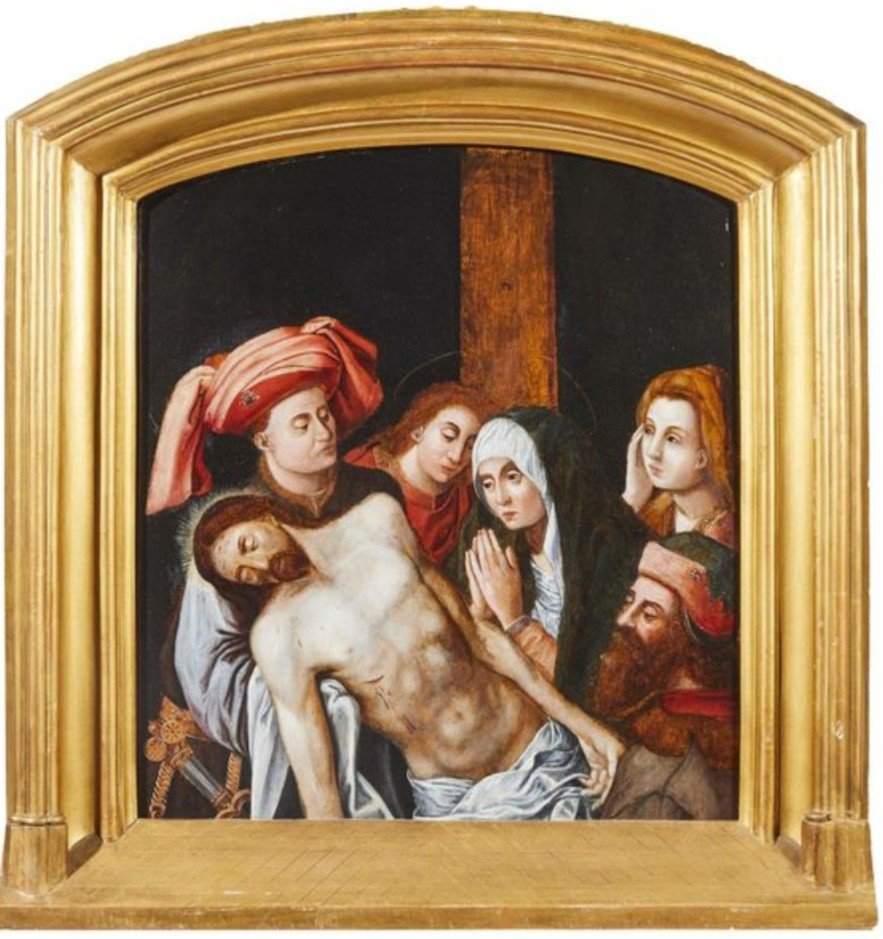
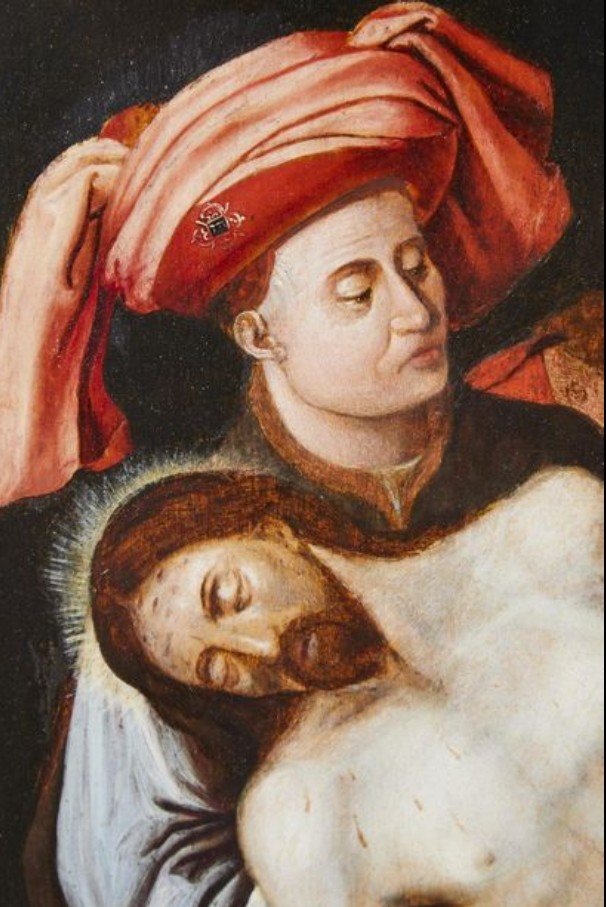
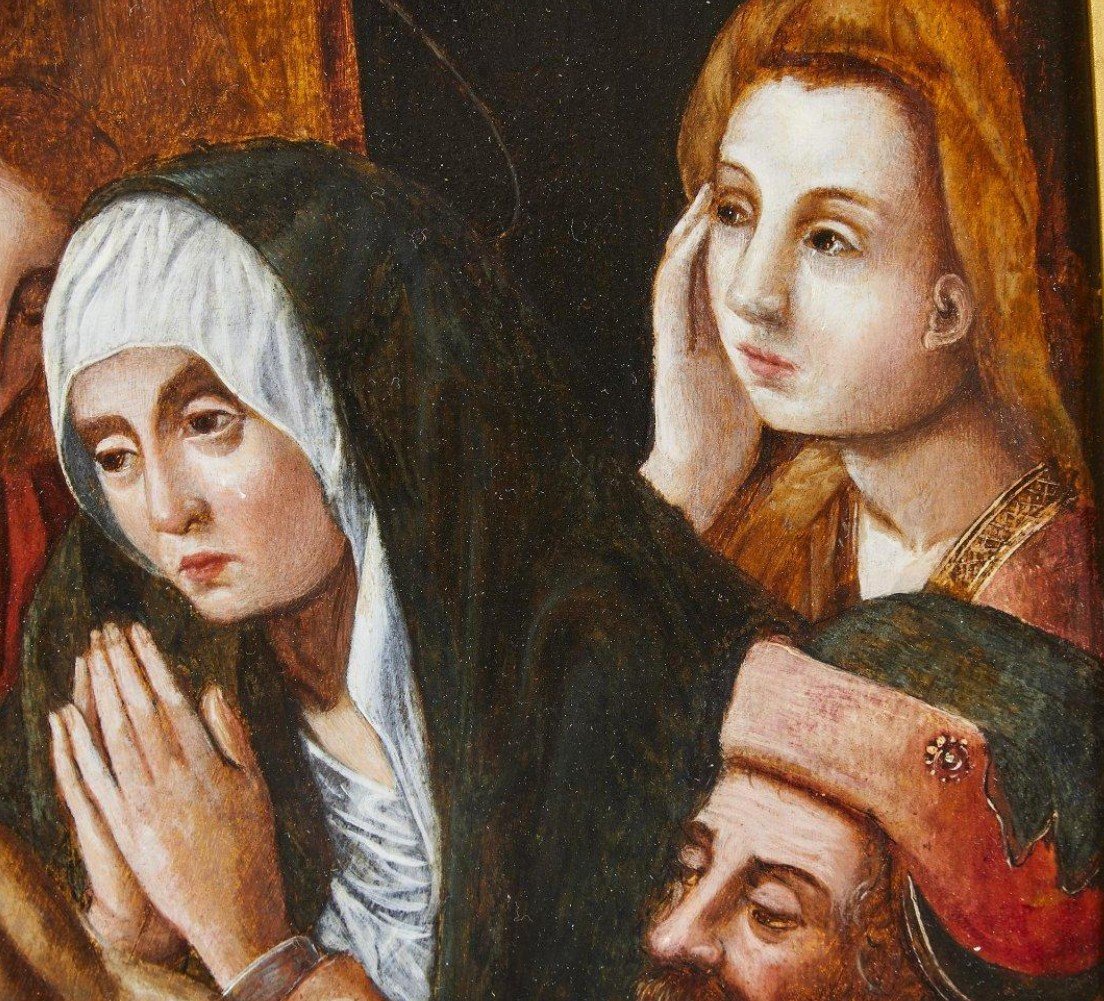
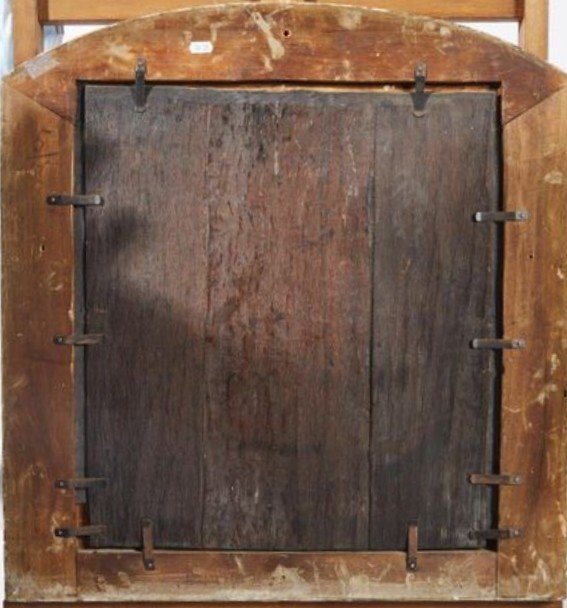







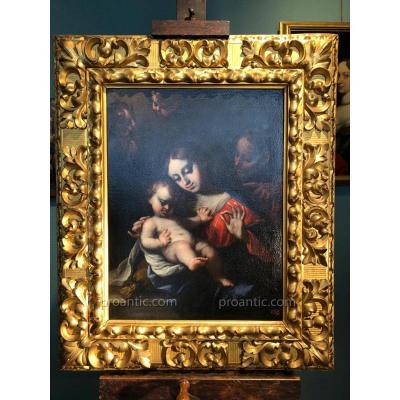

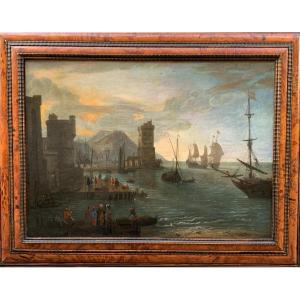
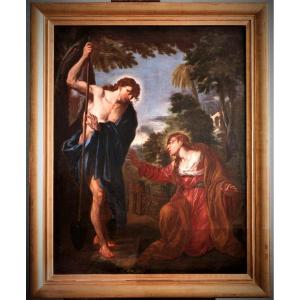
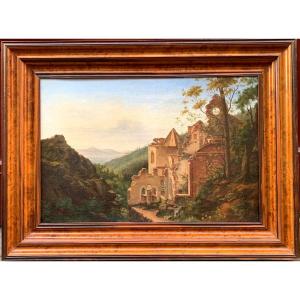


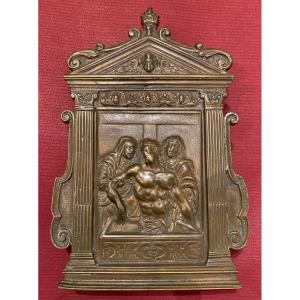

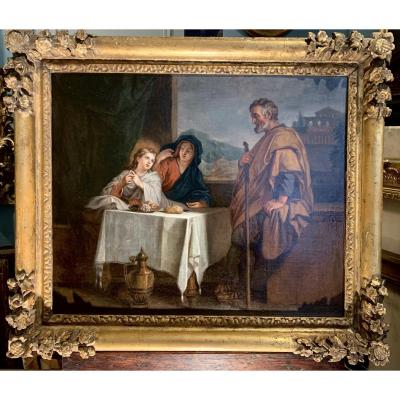
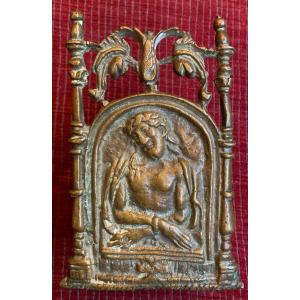

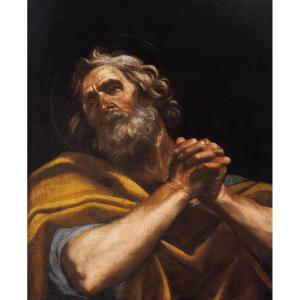



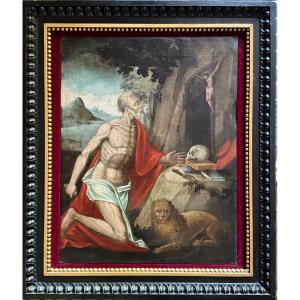



 Le Magazine de PROANTIC
Le Magazine de PROANTIC TRÉSORS Magazine
TRÉSORS Magazine Rivista Artiquariato
Rivista Artiquariato